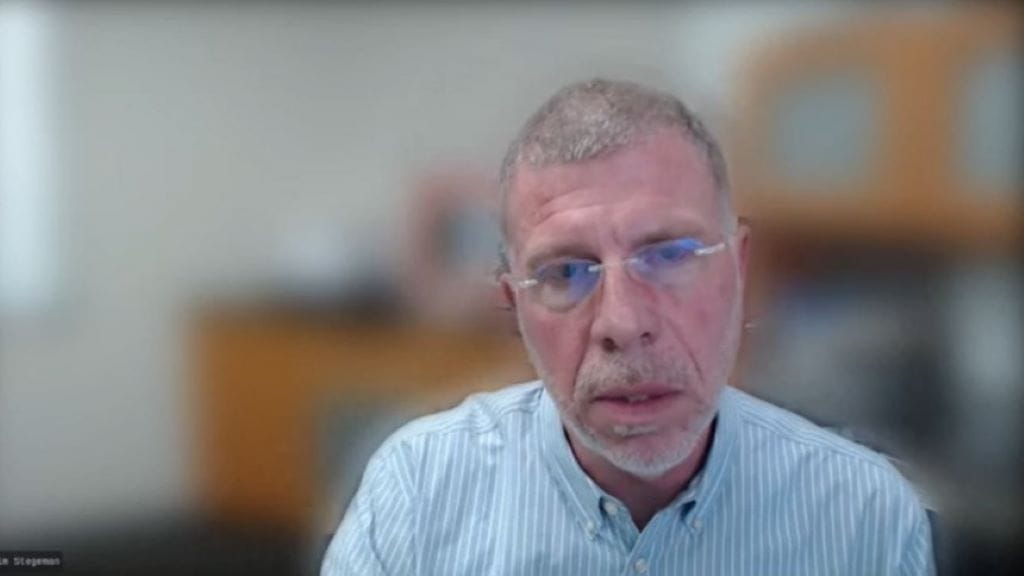In Ask Me Anything!, Jim Stegeman of CostQuest Says Broadband Fabric Will Improve
Fabric data will continue to improve with feedback implementation and process changes, said CostQuest CEO.
Teralyn Whipple

WASHINGTON, May 12, 2023 – There are unrealistic expectations for the broadband mapping process despite its continual improvement, said Jim Stegeman, president and CEO of CostQuest, the mapping company that was hired to deliver fabric data to the Federal Communications Commission, during an Ask Me Anything! event in the broadband community on Friday.
“We will never get to allocation if we are after perfection,” said Stegeman, claiming that the company has been working hard to improve its processes over time.
The broadband fabric data is a dataset that maps all locations at which “fixed broadband internet access service has been or could be installed.” The FCC populates its National Broadband Map with the fabric data. The National Telecommunications and Information Administration has committed to allocating federal broadband funding by June 30 based on a version of the map.
Since its initial roll-out and subsequent challenge process – in which providers and state broadband offices have been able to challenge coverage claims by submitting contrary evidence – many have complained about the map’s many inaccuracies.
CostQuest maintains that the fabric identifies 99.3 percent of all broadband serviceable locations correctly and is “very good” where it stands.
Fabric will be continual improved
Stegeman outlined in his remarks areas in which the fabric and its processes will continue to improve in the coming iterations.
Each version of the fabric implements feedback, he said. Version two incorporated over a million new BSLs, 178,000 of which came from the FCC’s challenge process and 860,000 from CostQuest’s internal efforts to improve the fabric.
The FCC is currently in the process of releasing the next version of the National Broadband Map based on version two of the fabric data. This version of the map is expected to be the map which the NTIA allocates BEAD funding.
Subsequent iterations of the map will support state deployment and challenge processes, said Stegeman.
Version two also improved tribal land BSL identification by updating the logic that identifies whether a parcel of land holds a BSL and whether it contains multiple or single units.
Furthermore, through contractual agreement with the FCC, CostQuest has retained a file – facetiously titled the detritus file – that stores information on where water towers, sheds, chicken coops, and other agricultural buildings are located.
Precision agriculture, the process of using broadband to optimize agricultural production, requires broadband connection to these locations, often located miles away from homes and other BSLs. The FCC anticipates that this location data may be of future use, said Stegeman.









Member discussion